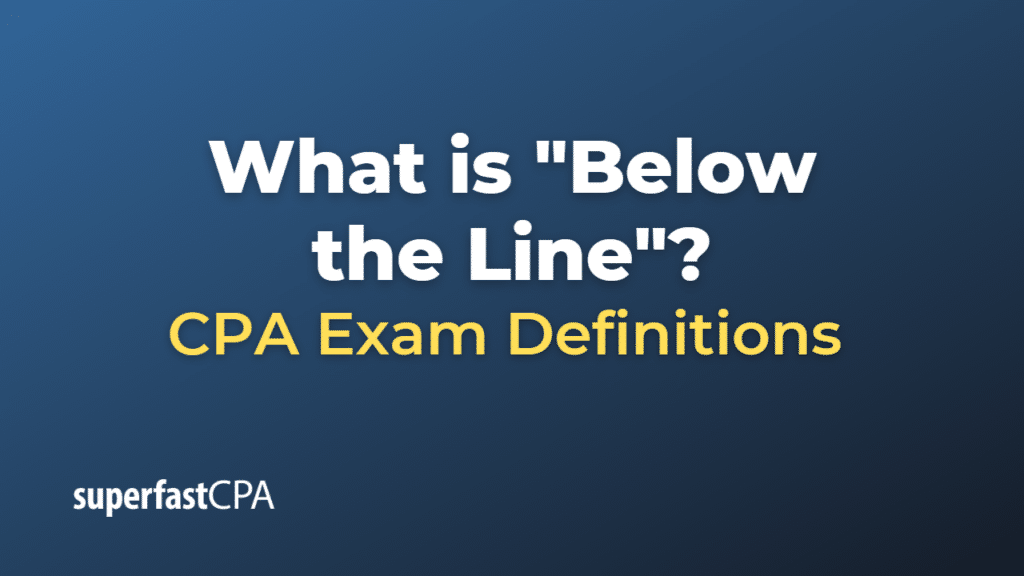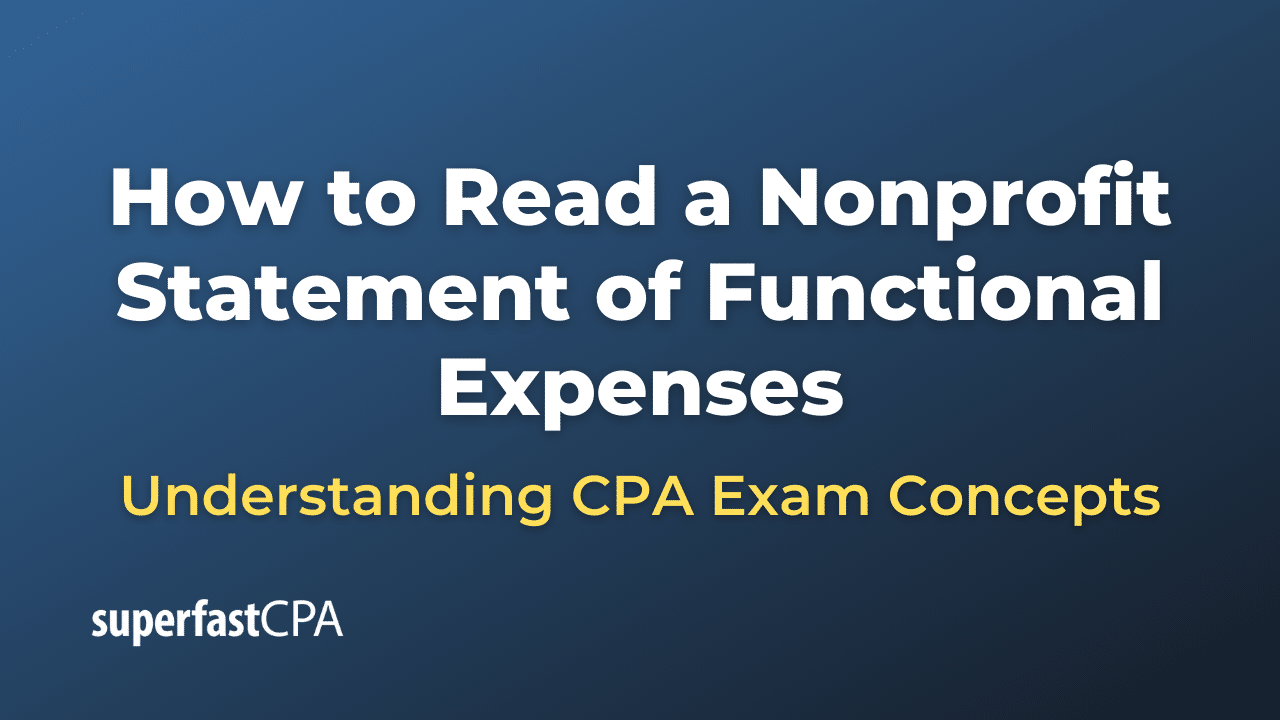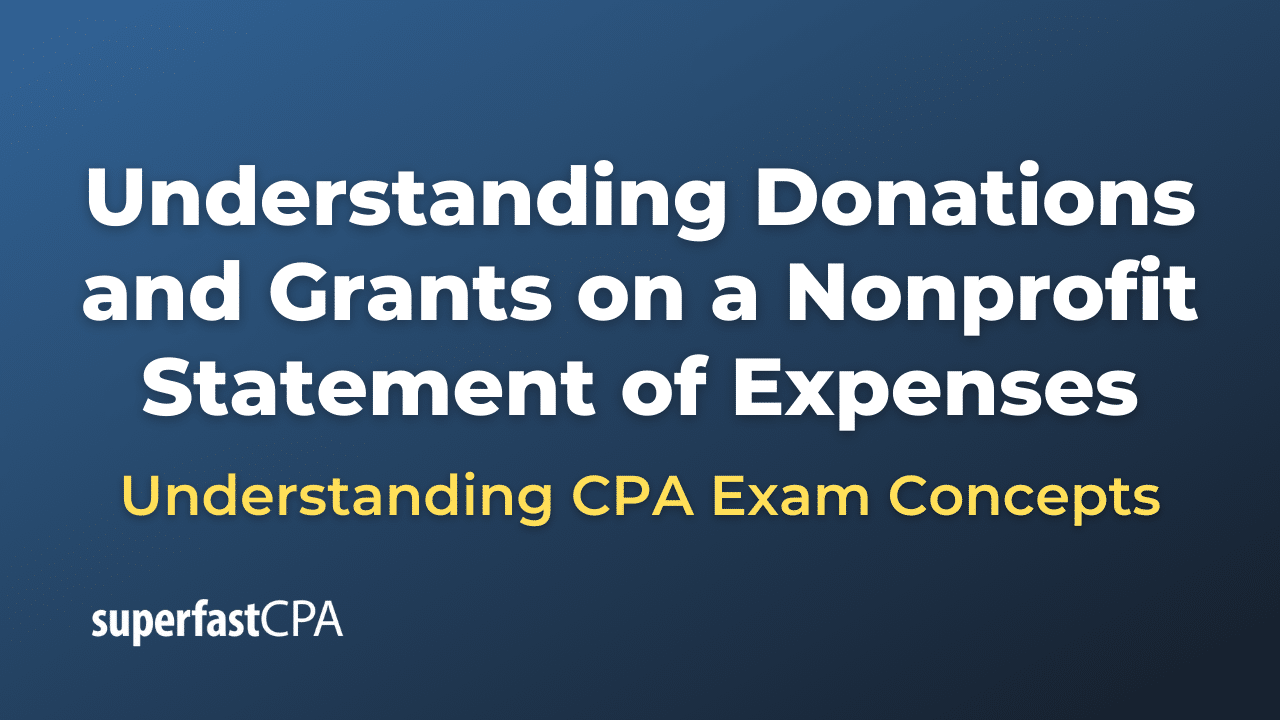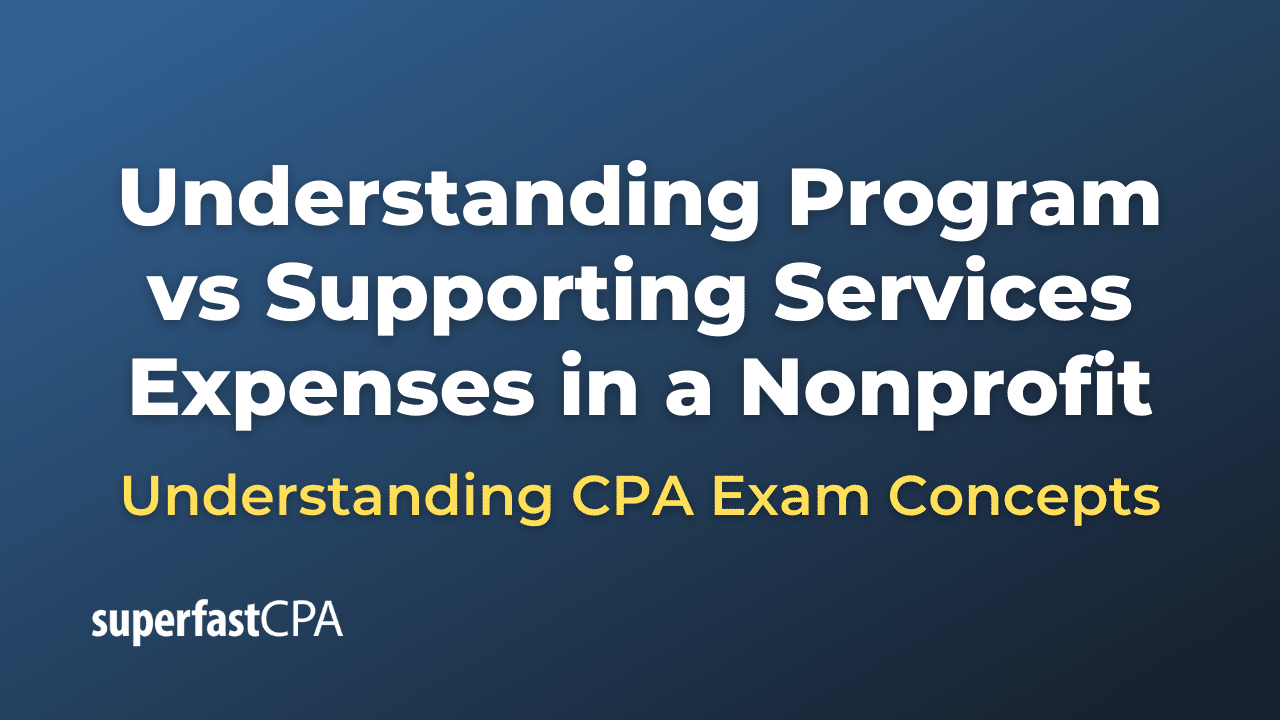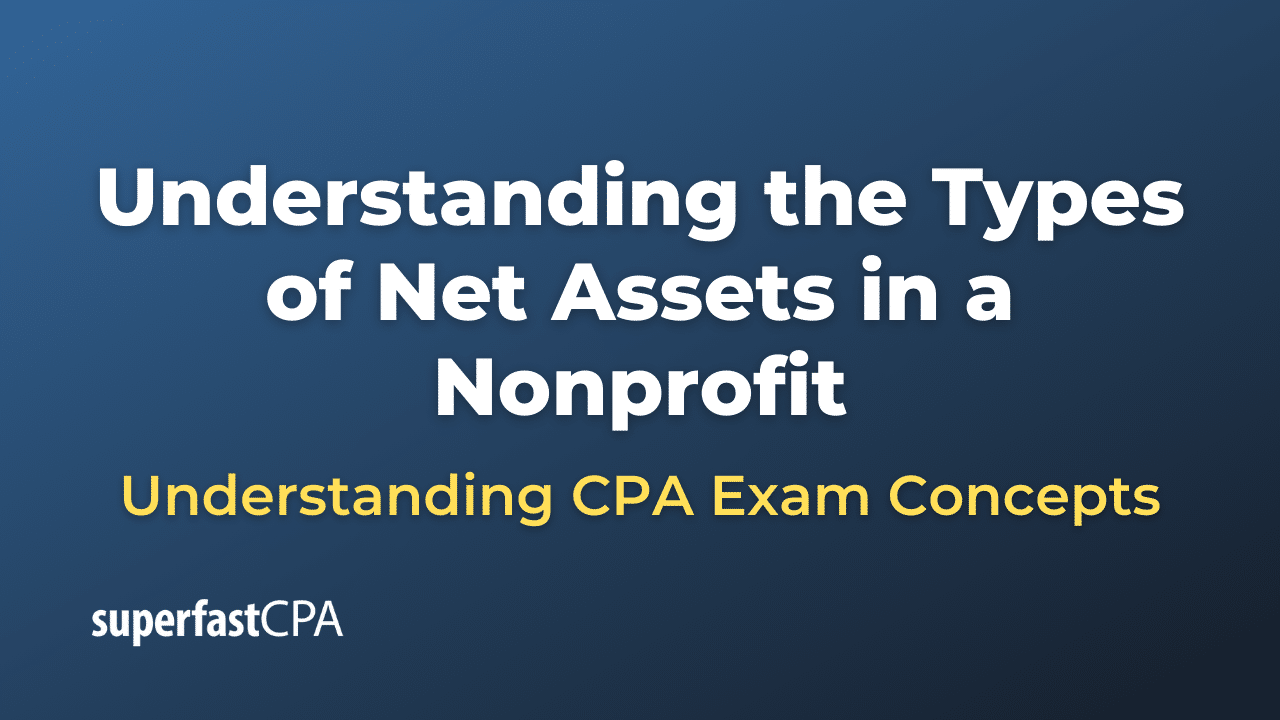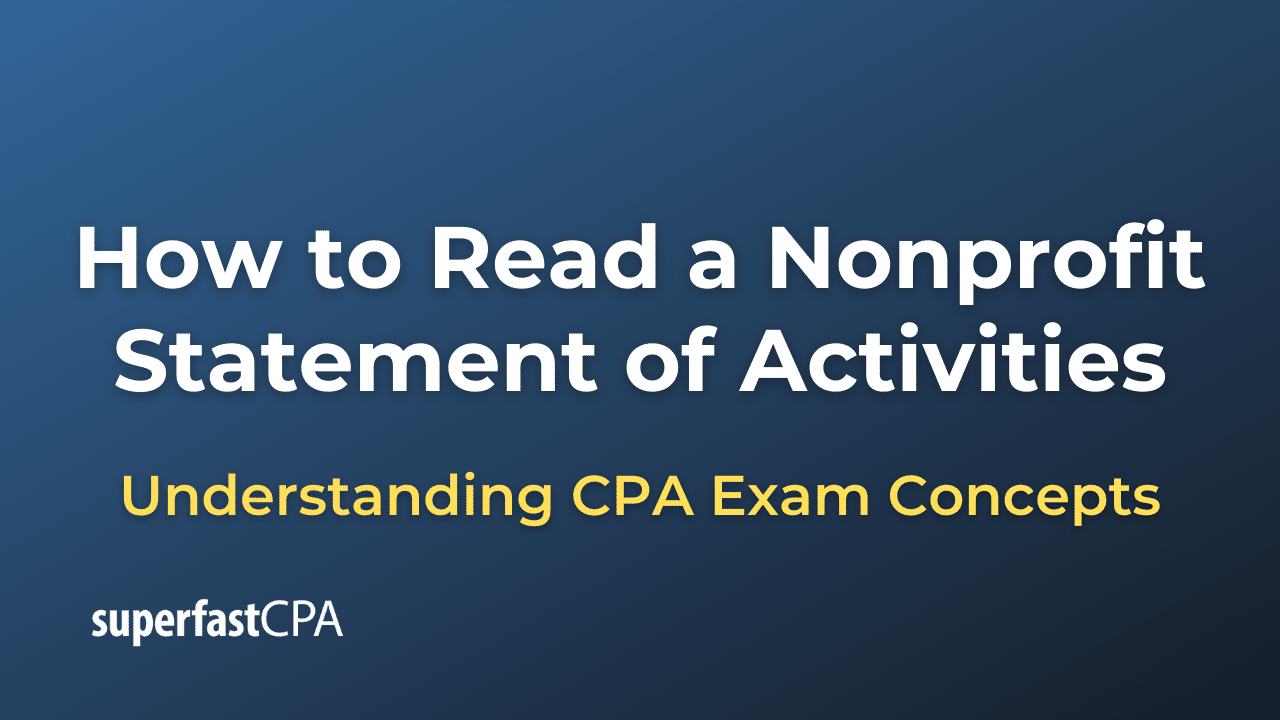“Below the Line”
“Below the line” is a term used in accounting and finance to differentiate between certain categories of income statement items. It refers to items that appear below the operating income or operating profit line on an income statement. These items are typically non-operating or non-recurring in nature, meaning they are not directly related to the core operations of a business and may not occur regularly.
Below the line items can include:
- Interest income or expense: Earnings or costs resulting from interest-bearing investments or borrowings.
- Gains or losses on the sale of assets: Profit or loss realized from the sale of fixed assets, investments, or other non-inventory assets.
- Impairment charges: Expenses related to the reduction in the carrying value of an asset due to obsolescence, damage, or other factors causing a decline in its value.
- Restructuring charges: Costs associated with significant changes in a company’s operations, such as mergers, acquisitions, or divestitures.
- Income tax expense: The amount of taxes owed on a company’s taxable income.
By separating below the line items from above the line items (which include revenues, cost of goods sold, and operating expenses), the income statement provides a clearer view of a company’s core operating performance. It allows investors and analysts to better assess the profitability and financial health of a business by focusing on its ongoing operations, rather than being influenced by one-time or non-operating events.
Example of “Below the Line”
Let’s consider a fictional example of a company called “TechMaster Inc.” Below is a simplified income statement that includes both above the line and below the line items.
TechMaster Inc. Income Statement (in thousands)
- Revenue: $500,000
- Cost of Goods Sold (COGS): -$300,000
- Gross Profit: $200,000
- Operating Expenses: -$120,000
- Operating Income (Above the line): $80,000
Below the line items:
- Interest Income: $5,000
- Gain on Sale of Assets: $10,000
- Restructuring Charges: -$15,000
- Income Tax Expense: -$20,000
- Net Income (Below the line): $60,000
In this example, items 1 through 5 are considered “above the line,” as they relate to the core operations of TechMaster Inc. The operating income of $80,000 represents the profitability of the company from its regular business activities.
Items 6 through 9 are “below the line” items, as they represent non-operating or non-recurring activities. By separating these items from the operating income, it becomes easier to evaluate the company’s core business performance.

